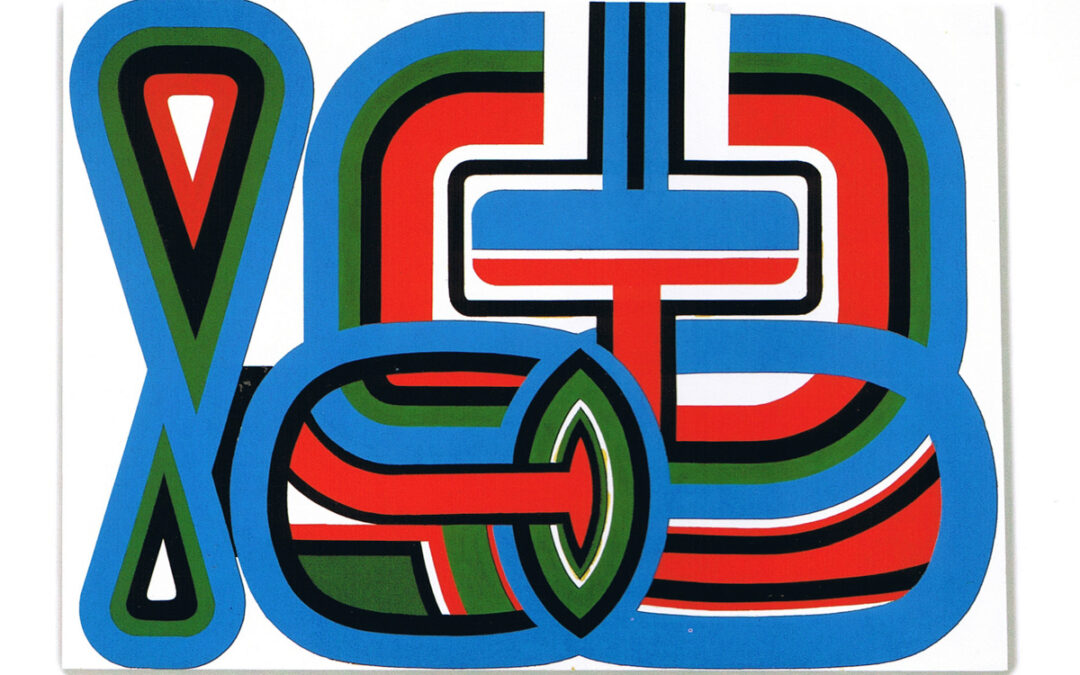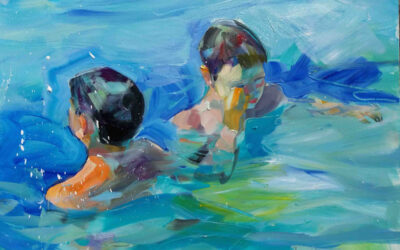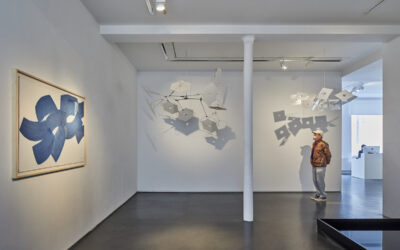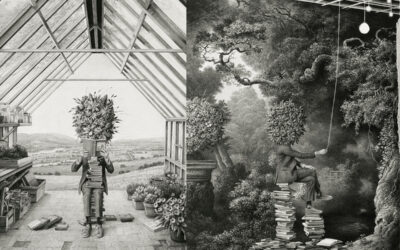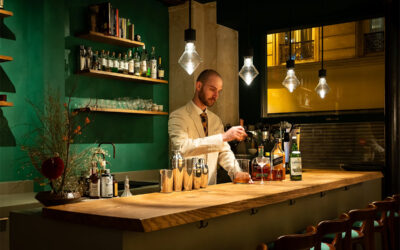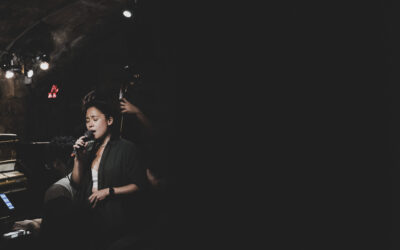By courtesy of Galerie Lahumière: Jean Dewasne untitled ca. 1959.
Everyone knows him but no one knows him. Because without him the Georges-Pompidou Center would not be blue, green and red! The anecdote is worth the detour: in 1970, Jean Dewasne, who lives in the Marais, visited the architects Renzo Piano and Richard Rogers, based on Boulevard Sébastopol, in Paris. They present him with the model of the future cultural center, which is all gray. Dewasne has a better idea. He invites them to his workshop in the Marais, rue du Bourg-Tibourg, where he has repainted all the pipes in color.
“The architects were captivated: they immediately abandoned the gray color initially planned in order to colorize the piping of the Georges-Pompidou Center in the Jean Dewasne style! », says gallery owner Diane Lahumière who is devoting an exhibition to this major figure of geometric and constructivist abstraction.
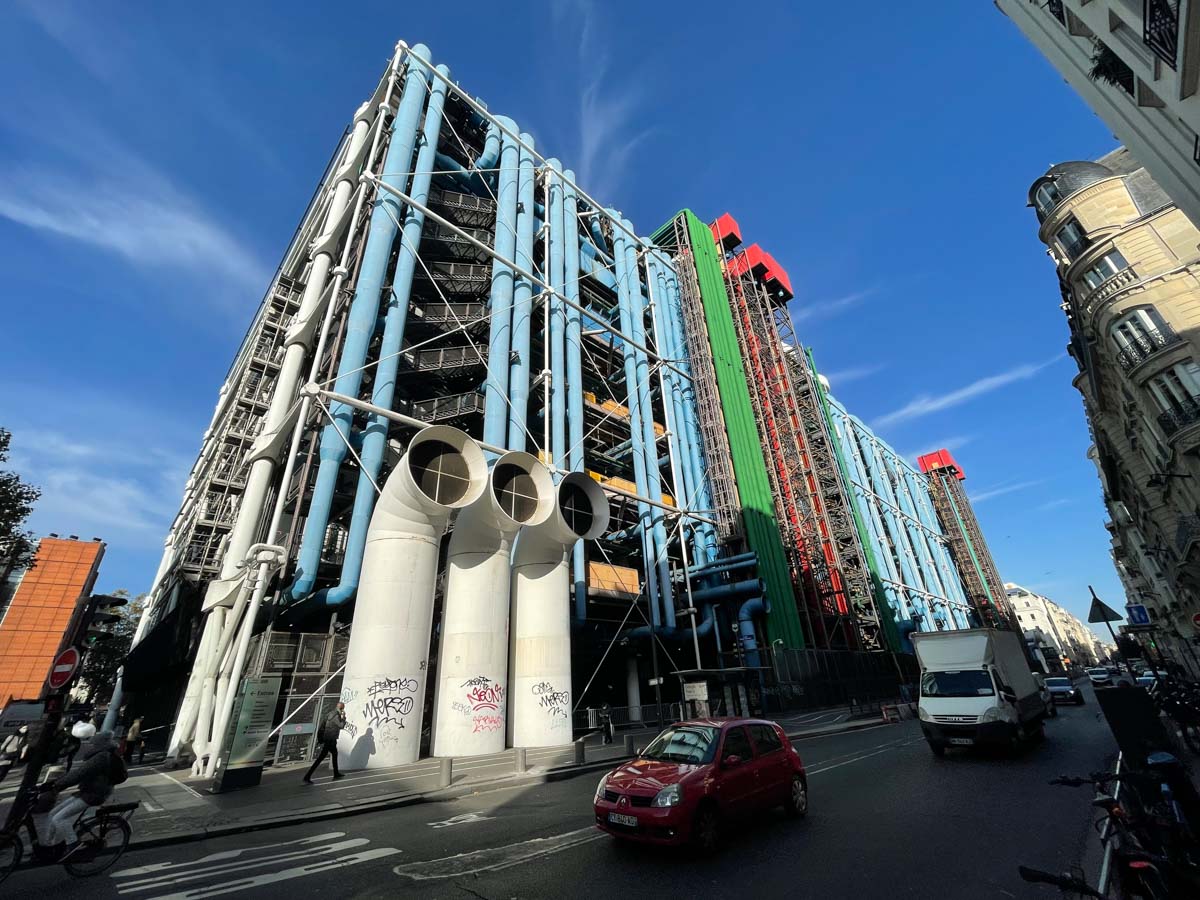
Born in 1921 near Lille, Dewasne (who passed away in 1999) grew up in a technical world, alongside an uncle who was an engineer, whose office was cluttered with plans. As a teenager, he was also fascinated by the Universal Exhibition of 1937, which he traveled extensively. His whole life will be marked by modernity, geometry, innovations. Also impregnated by the ideas of the Bauhaus, he began his career as an artist around 1945 in a world where everything had to be reinvented. That's good, Dewasne is an innovator who views art as a field of experimentation.
The artist, who is also an excellent pianist, sets his sights on glycerophthalic lacquers, an industrial paint that he applies to aluminum and, later, to a new unalterable material, Isorel, then to plywood. A brilliant process, the application of this industrial lacquer becomes its “signature”, as do its colors: red, green, blue, white, black and, more rarely, yellow. “At one point, some even nicknamed him “the king of Ripolin”! », laughs affectionately Diane Lahumière whose parents, founders of the gallery, were close to Jean Dewasne and, also, to Victor Vasarely – two of the other “historians” of the house.
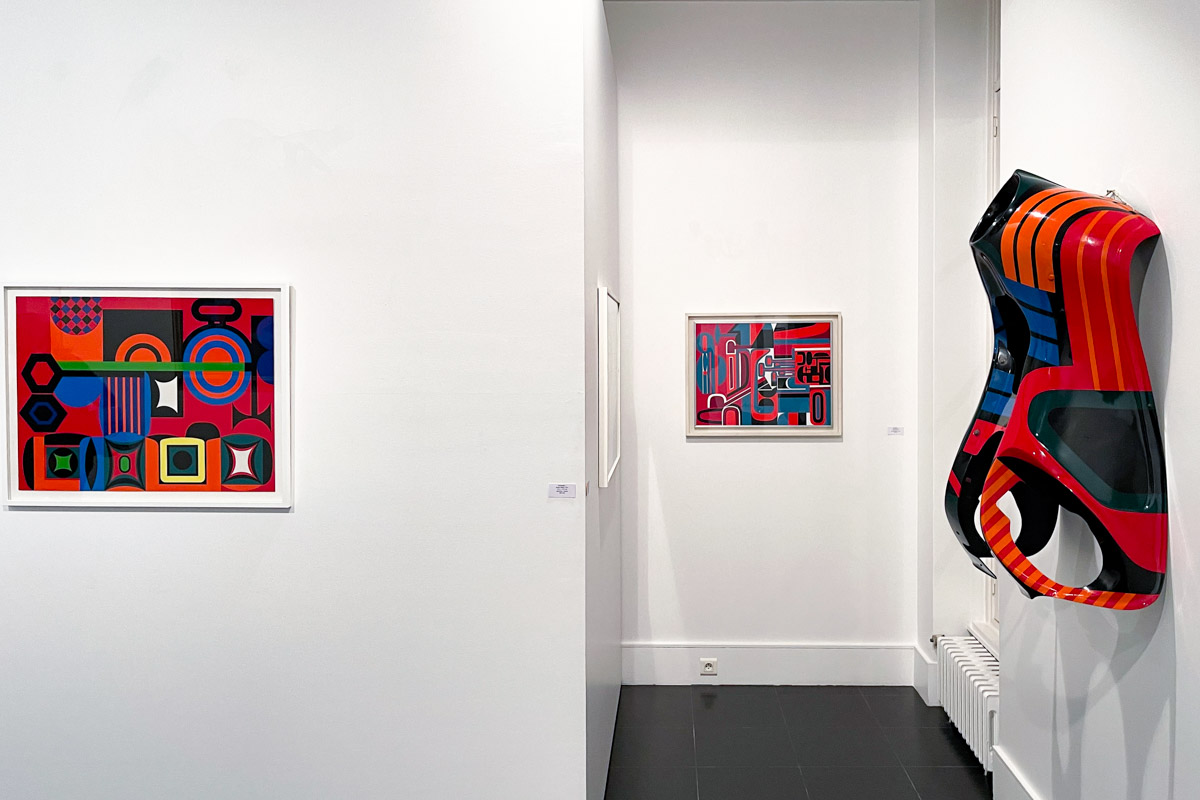
“If Dewasne – who represented France at the 1968 Venice Biennale alongside Arman, Kowalski and Schöffer – sometimes remains unknown, it is perhaps because many of his monumental works are installed in places inaccessible to the public or again, abroad,” explains the gallery owner of rue du Parc-Royal. His frescoes adorn the interior walls of the Arche de la Défense, the walls of the Jean-Vigo high school in Millau (Aveyron), metro stations in Rome and Hanover, and the newsroom of Politiken, the great Danish daily newspaper.
Until December 23, 2021, the “Panoramas” exhibition presents around twenty works by this singular artist who – as art critic Lydia Harambourg explains in her presentation of the exhibition – developed “a vocabulary constituted simple and evolving shapes, arranged according to complex rhythms in a baroque spirit. » With Dewasne, technical mastery always meets creative invention…
Galerie Lahumière – “Panoramas”, by Jean Dewasne
17 Rue du Parc Royal, 75003 Paris
01 42 77 27 74

Text: Axel G.
11.11.21
CURRENT EXHIBITIONS A MUST SEE
With the artist Malacarne, we dive into the Big Blue
Why go to the sea when you can find it in the Marais, at the Menouar gallery, rue du Parc-Royal? Here, we dive directly into the Big Blue with the work of Malacarne, a post-impressionist artist of reflection, light and water whose brush caresses the surface of the sea.
Susumu Shingu, praise of slowness
At the Jeanne Bucher Jaeger gallery, a century-old space at the bottom of a courtyard, around thirty drawings and kinetic sculptures, moving works by the Japanese artist Susumu Shingu, are displayed. It was a trend in vogue in the 1950s, led by artists such as the Athenian Takis or the Brazilian Soto.
Ethan Murrow and his hymn to plants
The Girls of Calvaire gallery, sheltered at the back of a courtyard, is hosting the solo show “Magic Soil” by the American Ethan Murrow until November 25. A unique set of around fifteen paintings and drawings that pay homage to nature.
NOW ON THE MOOD MARSH
Divine brunch at the foot of Notre-Dame
Of course, officially, it is not the Marais. But at Son de la Terre, a barge recently moored at the Montebello quay (5th), the 4th arrondissement is in sight. Moreover, this one is incredible: on one side, it is Notre-Dame flooded with sunlight; on the other, the quays, the book sellers, the walkers, the joggers.
Saka, a cocktail bar like in Tokyo
Here is an address which gives the measure of the transformation of the Marais. And it's enough to silence the grumpy people whose mantra is: “It was better before…” No, everything was not better “before” in the Marais. Besides, there was no American bar like Saka, which cultivates a form of excellence that can only be found in Japan.
Jazz at 38Riv: The highlights of May
The only jazz club in the Marais, 38Riv is the temple of cool and swing. Rue de Rivoli, between Saint-Paul and Hôtel de Ville, its vaulted cellars are the home base of the new jazz scene. Every evening, the magic happens.

